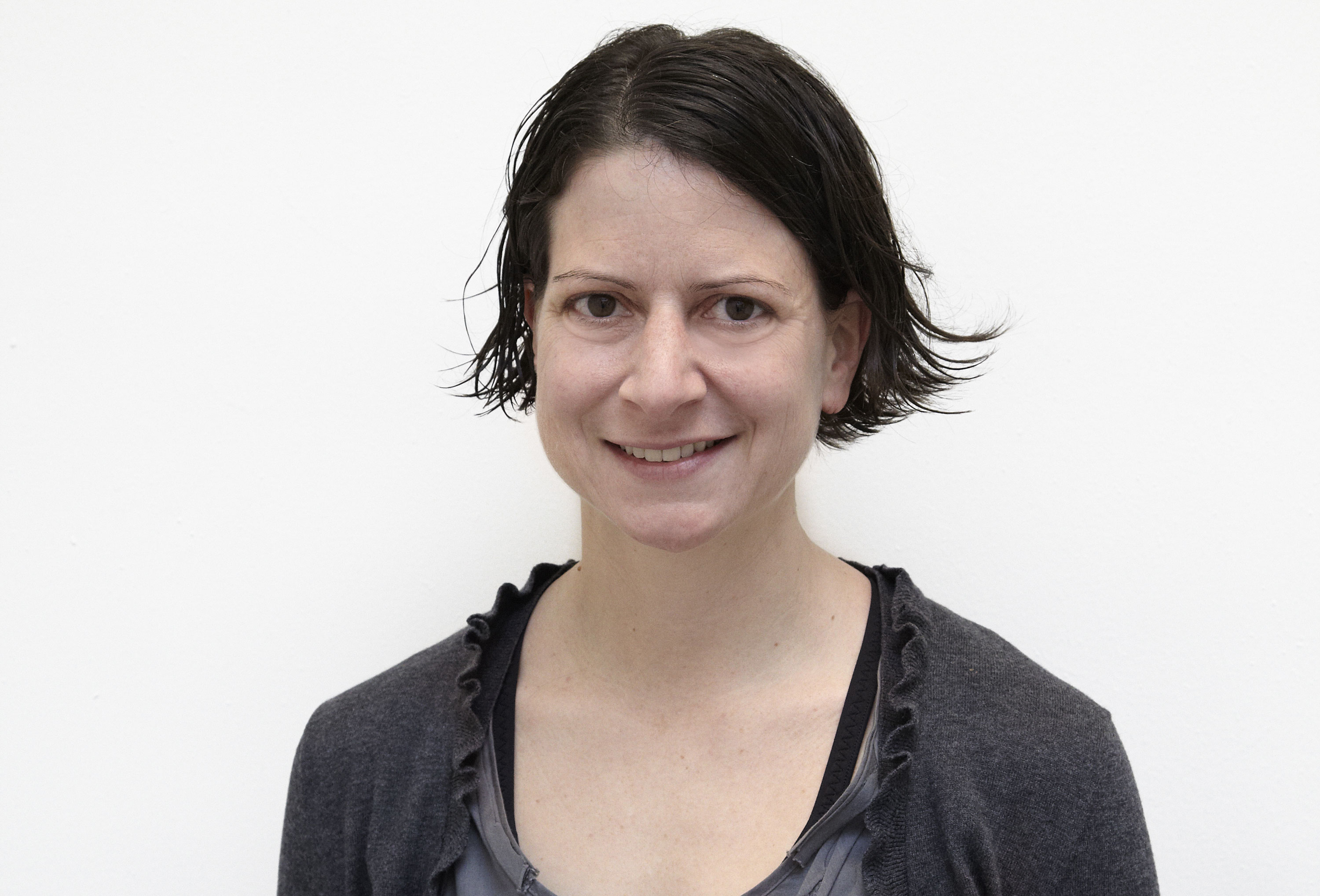Moon Dust Could Be Used to Build Lunar Lodgings
ST. LOUIS ? A team of astronomers has cookedup an out-of-this-world recipe for lunar concrete that could be used to build homeson the moon.
The innovativerecipe of carbon, glue and moon dust, which produces what looks like a hockeypuck, could also be helpful in building other structures on the moon, includinggiant telescopes and solar power arrays.
Lunarliving aside, many astrophysicists think that large telescopeson the moon have their advantages: The moon lacks the clouds and blurringatmosphere that can distort images taken from ground-based observatories. Inaddition, the moon offers a permanent and stable platform ? the lunar surface.
Onelimiting factor for making the concrete could be the amount of material arocket can reasonably haul up to the moon. But if the bulk of the material wasalready on the moon, that would lighten the Earth-to-moon payload. And that isthe case, Chen says.
"Wecould make huge telescopes on the moon relatively easily, and avoid the largeexpense of transporting a large mirror from Earth," said Peter Chen ofNASA Goddard Spaceflight Center in Greenbelt, Md., and the Catholic Universityof America in Washington, D.C. "Since most of the materials are alreadythere in the form of dust, you don't have to bring very much stuff with you,and that saves a ton of money."
Chen alsonotes that like concrete on Earth, the lunar type could have many uses.
"Wecould build structures on the moon, perhaps habitatsfor astronauts on the moon, maybe igloos," Chen said during a pressbriefing here today at a meeting of the American Astronomical Society (AAS).
Breaking space news, the latest updates on rocket launches, skywatching events and more!
Lunarconcrete
To arriveat the concrete recipe, Chen and his Goddard colleagues including DouglasRabin, mixed small amounts of carbon nanotubes and epoxies (glue-likematerials) with simulated lunar dust, or crushed rock that has the samecomposition and grain size as dust on the moon.
Afterseveral iterations, one of which yielded what Chen described as "gooey andsmelly," the team created a strong material with the consistency ofconcrete. Next, they coated the material with epoxy and spun the wet lunarconcrete to form a 12-inch-wide (30-centimeter-wide) bowl-like structure shapedlike a telescope mirror.
"Afterthat, all we needed to do was coat the mirror blank with a small amount ofaluminum, and voil?, we had a highly reflective telescope mirror," Rabinsaid. "Our method could be scaled-up on the moon, using the ubiquitouslunar dust."
Giantlunar observatory
To build atelescope the size of the Hubble Space Telescope, Chen suggests scaling up therecipe to about 130 pounds (60 kilograms) of epoxy and 1.3 tons, or 2,600pounds (nearly 1,200 kg) of lunar dust.
Chen andRabin envision creatinga telescope mirror spanning 164 feet (50 meters) in diameter on the moon.Such an observatory would dwarf the largest optical telescope in the world ?the 34-foot (10.4-meter) Gran Telescopio Canarias, also called the GreatTelescope Canary Islands.
A monstertelescope or two such telescopes working in concert on the moon could help inthe search for extrasolar planets and make detailed observations of distantgalaxies, Chen said.
- Video: ANew Era of Space Exploration
- Images:Future Lunar Base
- Top 10 CoolMoon Facts

